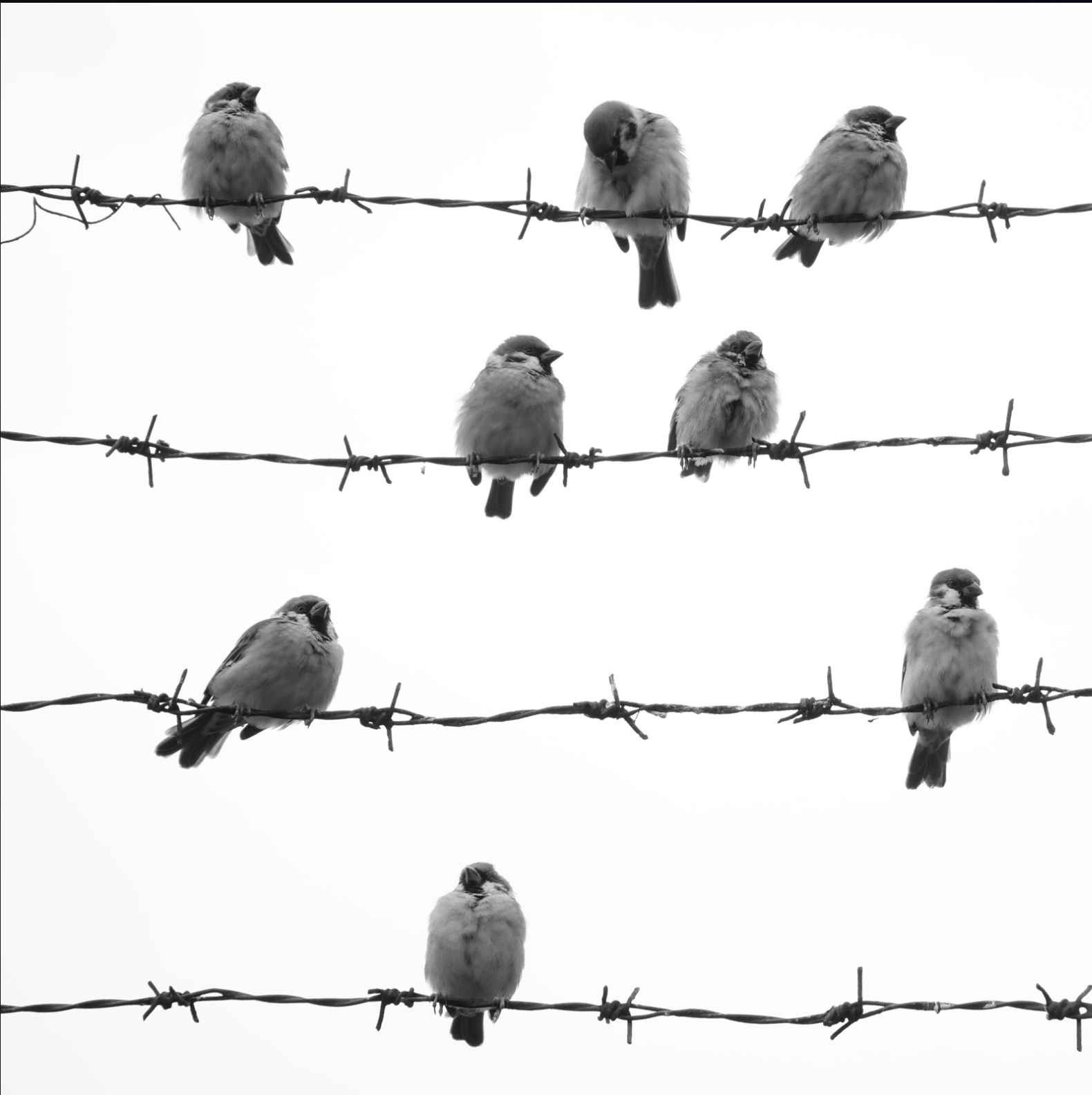TAMING NERVOUS BIRDS

TAMING NERVOUS BIRDS
SUMMARY
Help your nervous bird feel safe, comfortable, and confident with this step-by-step guide to taming. Learn how to build trust, reduce fear, and create a stress-free environment that encourages positive interactions and bonding.
FEATURES
- Building Trust Gradually: Establish a strong foundation for taming and bonding.
- Recognizing Fear Signals: Learn how to identify stress and anxiety in birds.
- Creating a Calm Environment: Minimize noise, sudden movements, and stress triggers.
- Using Positive Reinforcement: Encourage desired behaviors with treats and praise.
- Step-Up Training Techniques: Teach your bird to perch on your hand with confidence.
- Introducing Hands Safely: Help your bird get used to human interaction without fear.
- Developing a Routine: Establish daily interactions to build comfort and familiarity.
- Overcoming Setbacks: Address challenges and regain progress after stressful experiences.
DESCRIPTION
Taming a nervous bird requires patience, consistency, and a deep understanding of their emotions. Many birds may be fearful due to past experiences, lack of socialization, or simply their natural instincts. This guide provides a structured approach to gaining your bird’s trust and helping them feel comfortable in your presence.
Building trust gradually is the key to taming a nervous bird. Forcing interactions too soon can create fear and make progress difficult. Instead, spend time near your bird’s cage, speaking in a soft and reassuring tone. Allow your bird to observe you without feeling threatened, building familiarity over time.
Recognizing fear signals helps you respond appropriately to your bird’s emotions. Signs of nervousness include fluffed-up feathers, wide eyes, quick movements, and retreating to a corner of the cage. If a bird hisses, lunges, or bites, it may be feeling overwhelmed. Understanding these signals allows you to adjust your approach accordingly.
Creating a calm environment is essential for taming success. Keep the bird’s living space quiet and free from sudden noises, bright lights, or unexpected movements. Avoid handling your bird when they are stressed, and establish a predictable daily routine to create a sense of security.
Using positive reinforcement is the best way to encourage taming progress. Offer treats, gentle praise, or soft whistling when your bird exhibits calm behavior. Associating your presence with positive experiences helps your bird become more comfortable and willing to interact.
Step-up training techniques are a gradual way to encourage handling. Begin by offering treats through the cage bars, then work toward having your bird take treats from your hand. Once they are comfortable, use a perch or your hand to encourage stepping up, always rewarding progress with praise and treats.
Introducing hands safely is a critical step in taming. Birds often fear hands due to past negative experiences or lack of exposure. Move slowly and avoid sudden motions. Start by placing your hand near the cage without attempting to touch the bird, allowing them to become accustomed to your presence.
Developing a routine helps reinforce taming progress. Set aside dedicated time each day to interact with your bird in a calm and predictable manner. Consistency reassures nervous birds and helps them build confidence in their surroundings.
Overcoming setbacks is part of the taming process. If your bird becomes frightened or regresses in behavior, take a step back and allow them to regain confidence. Avoid punishment, as it can damage trust. Instead, return to earlier steps and rebuild the bond gradually.
By following these taming techniques—building trust, recognizing fear signals, providing a stress-free environment, and using positive reinforcement—you can help your nervous bird become a confident and affectionate companion. With time and patience, even the most timid birds can learn to trust and enjoy interaction with their human caregivers.
- sri palani

Comments 0